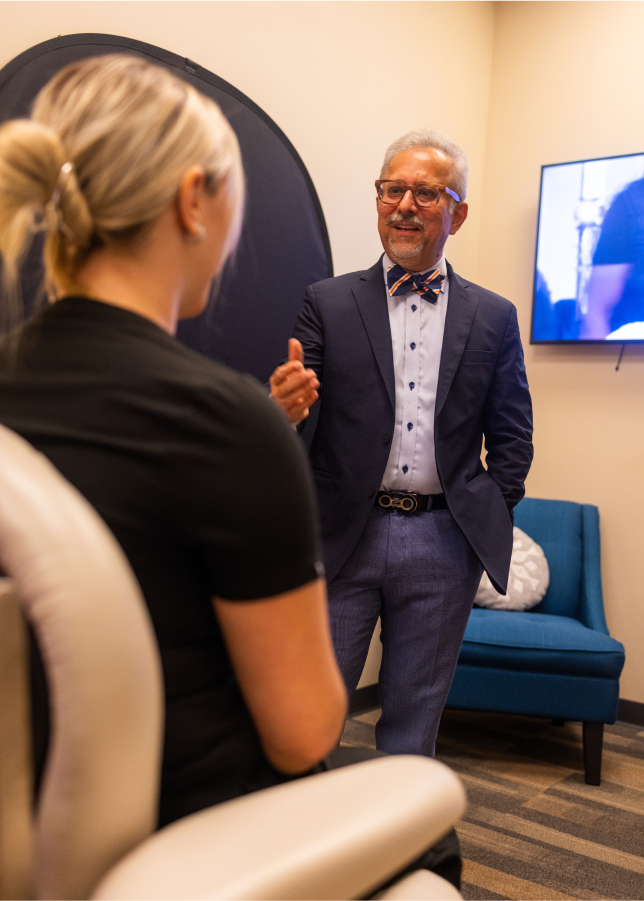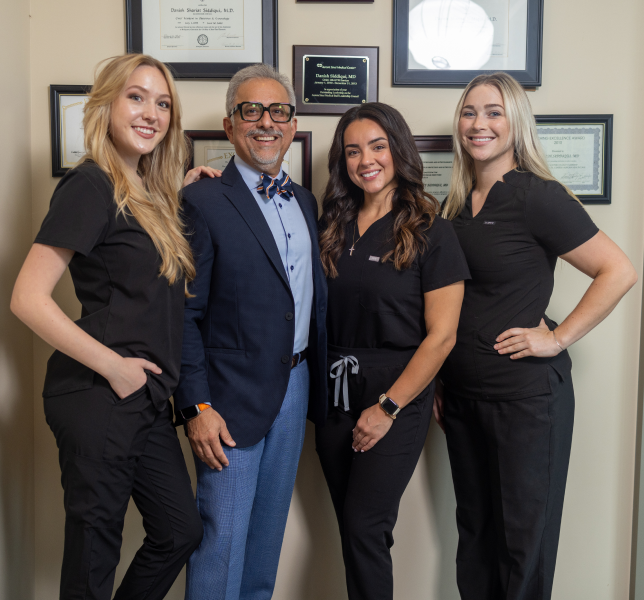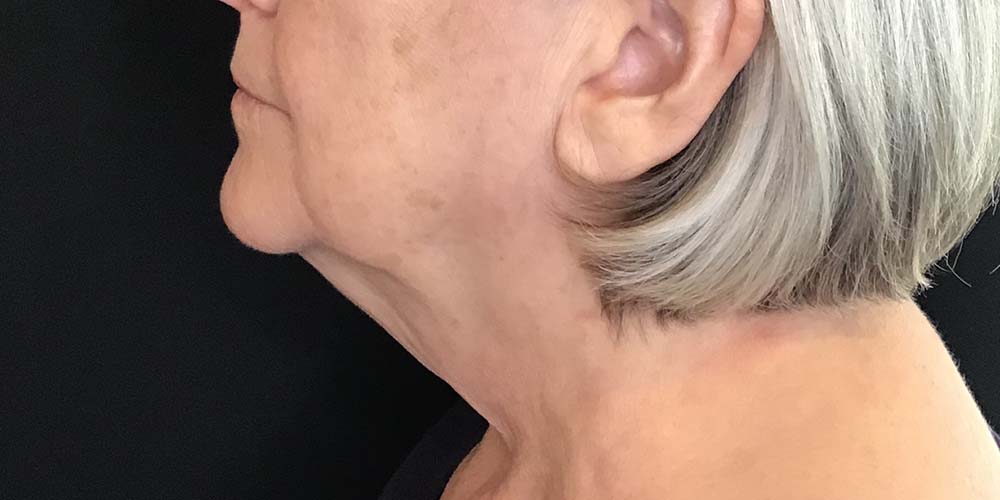I visited RemedyNow and Dr. Danish Siddiqui because I was experiencing both stress incontinence when laughing and coughing and urge incontinence when my bladder would spasm when fuller resulting in loss of control and frequent changes of undergarments or having to wear liners constantly. I heard about Emsella through an online personal shopper/blogger, Nichole_Ontrend.
Introduction
Introduction to CoolSculpting
At our boutique practice in Milwaukee, CoolSculpting is one of our most popular body contouring treatments. Ask yourself this… Have you spent a great deal of time committing yourself to a diet and workout routine but have yet to see the results you want? This is a problem a lot of people encounter in their journeys to a better body. Sometimes diet and exercise alone aren’t the answer you’re looking for. Fortunately, CoolSculpting is a great option for those having trouble losing that excess stubborn fat. RemedyNow Aesthetics proudly provides CoolSculpting to help patients in the Milwaukee area to help reclaim their bodies.
What is CoolSculpting?
Elevating Beauty and Health with Expert Care


CoolSculpting is an innovative treatment designed to eliminate excess stubborn fat using controlled cooling. It can help you target body fat in a safe, non-invasive way. The precise cooling power of CoolSculpting can help freeze fat off a variety of body parts, including the thighs, stomach, arms, and neck. It’s the easiest way to slim down the contours of your body and achieve your aesthetic goals. The precise cooling method employed by CoolSculpting can freeze the fat away without damaging other parts of your body. It’s safe and highly effective. Best of all, you won’t have to deal with long recovery times and taking time off work.
What are the Benefits of CoolSculpting?
CoolSculpting allows you to achieve a slim, well-toned body without the need for invasive surgery. There’s no need for downtime, so you can return to your normal daily activities in no time at all. The treatment is safe and incredibly effective!
Who are the Best Candidates for CoolSculpting?
If you’ve been having trouble trying to slim down the contours of your body through diet and exercise, but don’t like the idea of undergoing invasive surgery, then a CoolSculpting procedure may be exactly what you’re looking for. Unlike more invasive options, CoolSculpting does not damage the outer layers of skin with incisions. If you’re in good general shape and desire a more toned appearance, CoolSculpting can help.
What’s the first step
The first step to getting CoolSculpting in Milwaukee is to book a consultation. During your appointment, we’ll provide a thorough assessment of the areas you want to be treated. If you and Dr. Siddiqui both feel that CoolSculpting is the best solution for your aesthetic needs, we’ll be able to provide the treatment that day or schedule a time for you to come back. During your consultation process, please be very open about your hopes with the treatment as well as the medical answers to the questions asked. We’re on the same team of helping you look and feel your best. Honest communication helps lead to optimal results with your CoolSculpting treatment.

What to Expect
What to Expect on the Day of CoolSculpting?
Before beginning the CoolSculpting procedure, your body will be assessed by our skilled team at RemedyNow Aesthetics. We’ll develop a treatment plan to help satisfy your unique aesthetic goals. During the fat freezing procedure, a cooling applicator will be applied to the treatment area. The cooling process freezes the underlying fat cells to the point of crystallization. The fat cells will die and will eventually be removed from your body through its natural processes. As the fat cells are removed from your body, the look of your dreams will be well within reach.
CoolSculpting Recovery
Immediately following your CoolSculpting procedure, you will be able to return to your typical daily activities. Some patients do experience some mild redness or soreness in the treated area, yet it will subside over the next few weeks. Around the four week mark, most of your results will begin to be noticeable, becoming more and more evident in the next two to three months. The fat-flushing process will continue up to six months following your treatment. Most of our patients can expect this sort of timeline for their results and recovery, but because everybody is different and have different needs, there are some people and areas of your body that may require more than one treatment.
How Much Does CoolSculpting Cost in Milwaukee?
The cost of CoolSculpting in Milwaukee varies from patient to patient and will depend on the number of treatment sessions required to help you reach your aesthetic goal. During your consultation, we can discuss the details of your CoolSculpting treatment and what price you can expect. We also offer financing options for any budget through CareCredit.
Why Choose us?
The RemedyNow Aesthetics Difference


Our boutique MedSpa in Milwaukee is led by Dr. Danish Siddiqui. He is an accomplished board-certified Obstetrician-Gynecologist with more than 25 years of experience specializing in minimally invasive surgeries, including robotic and laparoscopic procedures. In more recent years, Dr. Siddiqui has expanded his medical expertise to include extensive training in aesthetic medicine. His mantra is that if you look good, you feel good, which helps you make healthier decisions, and that belief is shared amongst our staff. We want to help our patients look and feel their best using the latest non-invasive aesthetic procedures for wrinkle reduction, skin tightening, customizable skin resurfacing, and so much more.

CoolSculpting FAQ’S
Schedule a Consultation
At RemedyNow Aesthetics in Milwaukee, we understand how important it is for you to look and feel your best in your skin. Our team has decades of experience helping patients achieve the look of their dreams. If you’re interested in learning more about CoolSculpting and other cosmetic options available to you, contact our office today, to schedule your informative consultation.



